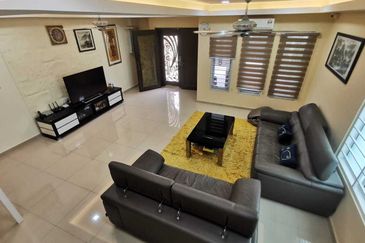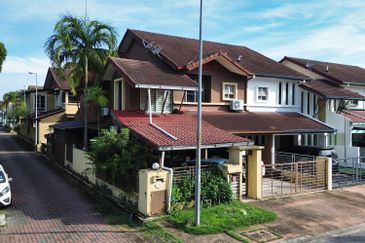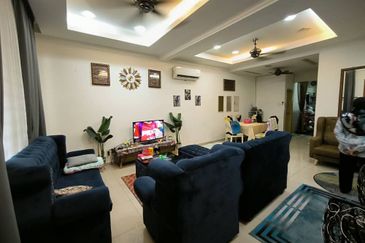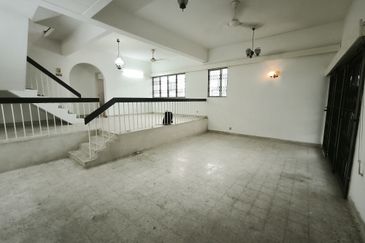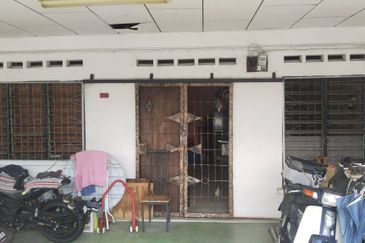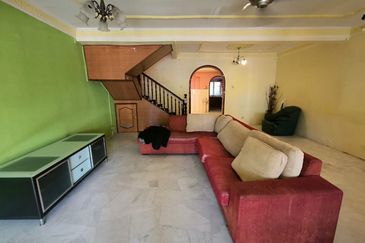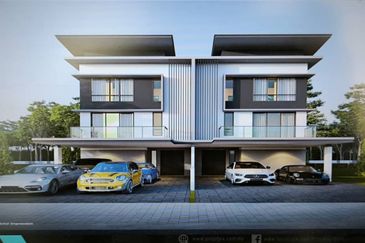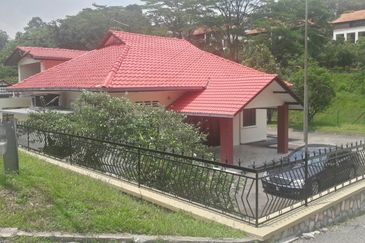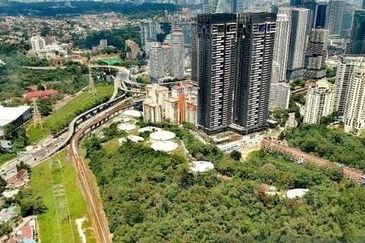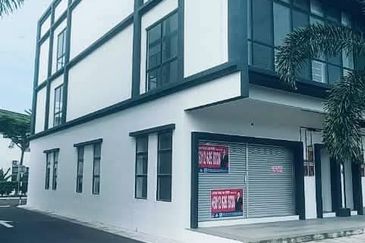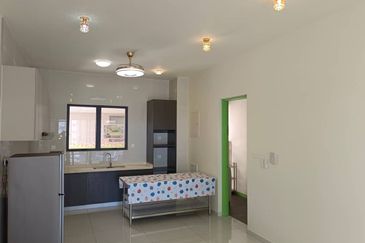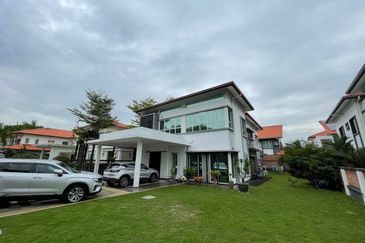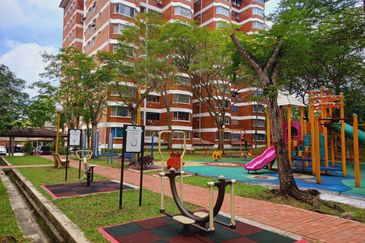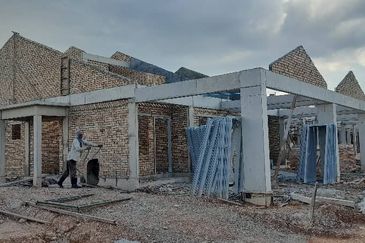PETALING JAYA (July 13): Malaysian social housing may have its image transformed as the Housing and Local Government Ministry look to Singapore's Housing and Development Board's (HDB) model to address its disorganised system.
Housing and Local Government Minister Zuraida Kamaruddin said the ministry is studying the southern neighbour’s public housing policies and exploring the idea of introducing HDB-type flats in Malaysia, reported theSun this week.
"Singapore's current policies will be way ahead of us but I think the SIT (Singapore Improvement Trust) and HDB flats may still be relevant for Malaysia, although it was introduced 50 years ago in Singapore," she said.
Zuraida, who grew up in Singapore, left yesterday for a three-day official visit with her counterpart in Singapore.
She said the ministry will study how the Singaporean government managed its public housing system, the challenges, and current policies.
"I've seen some medium-cost houses (in Malaysia) which comes with that kind of design, but because the pricing is high, that's the problem. But the concept is like that (HDB). Why can't they make the low cost houses like this?
"I believe with the new government, with our streamlining, cost cutting, prudent selection and transparency, I'm sure we can deliver affordable homes … better, nicer, livable affordable homes," she shared.
Zuraida explained that the ministry is not implementing the Singapore public housing system here, but adopting concepts that are suitable for the local landscape.
Under the Singapore Improvement Ordinance, the SIT was established in July 1927. To tackle the slums and squatters issues then, about 23,000 flats were built under the scheme.
In 1959, SIT was replaced by HDB in February 1960 to be the sole agency to look into proper housing for still hundreds and thousands of squatter dwellers then. It has streamlined resource planning and allocation; planning and design, land assembly, and construction; and government support in the form of political and financial commitment, complemented by legislation.
More than 80% of Singapore's population live in HDBs, across 23 towns and three estates, according to HDB's website.
Additionally, Zuraida says the ministry may consider utilising IBS for all projects under the People's Housing Programme (PPR) to bring down its cost.
"The way forward is IBS. I'm looking at that. So the new housing policy would encompass it. I have to do a new housing policy; National Housing Policy 2.0. I want to focus on public housing for the B40. That's what the ministry is doing, on PPR. I may need to rename it but the concept is public housing, social housing," she stressed.
To get the ball rolling, the Ministry has met with Khazanah Research Institute (KRI) and the Public Works Department (JKR). Zuraida said the ministry will also consult companies that are involved in IBS before embarking on it.
She pointed out that the plan is for Malaysians to treat it as a transit house of five years while they save up for upgrades or move into rent-to-own schemes.
TOP PICKS BY EDGEPROP
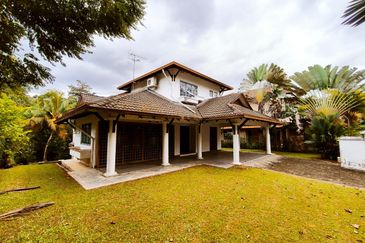
Damansara Heights (Bukit Damansara)
Damansara Heights, Kuala Lumpur
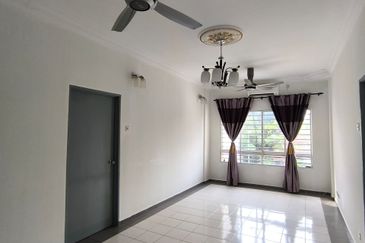
Pangsapuri Seri Dahlia, Desa Alam
Shah Alam, Selangor
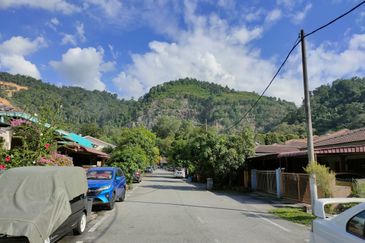
Taman Matang Jaya, Sungai Buloh
Sungai Buloh, Selangor



